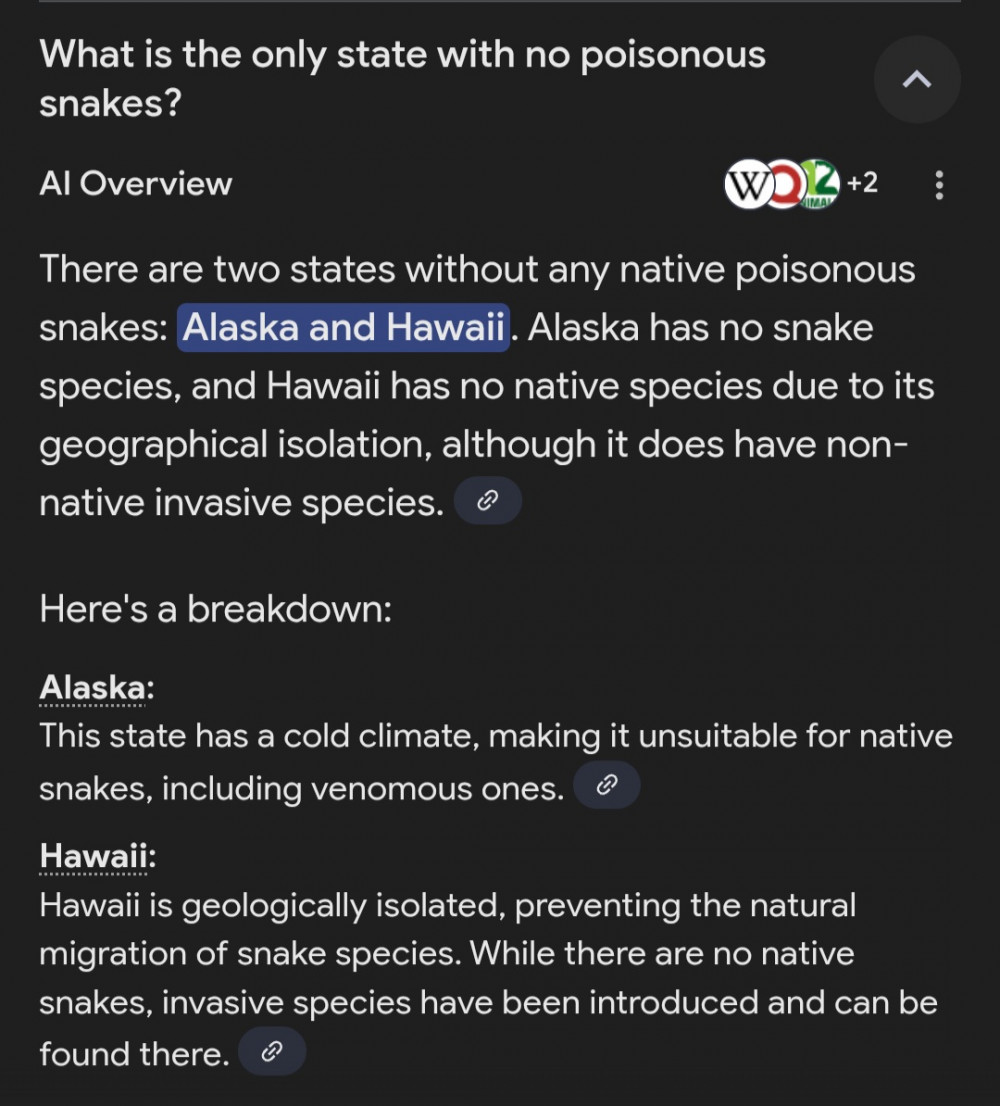I’m not sure if that snake is poisonous but if it is that cat is dead within three hours
— HighwayMants (@AnthonyLimandri) August 21, 2025
The main difference between poisonous and venomous lies in the method of delivery of the toxin.
-
Poisonous organisms deliver a toxin passively. This means the toxin is harmful when it is swallowed, inhaled, or absorbed through the skin. For example, a poison dart frog is poisonous because its skin secretes a toxin that can be absorbed by a predator that touches or eats it. Similarly, certain mushrooms are poisonous because they are harmful when eaten. The victim must "come to the poison."
-
Venomous organisms actively inject their toxin into another animal, usually through a bite or a sting. The toxin, or venom, is often a complex mixture of molecules that needs to be delivered into a wound to be effective. Examples include venomous snakes, spiders, and scorpions, which use fangs or stingers to inject their venom. The venomous animal "comes to the victim."
Here's a simple way to remember the distinction:
-
If you bite it and you die, it's poisonous. (Passive)
-
If it bites you and you die, it's venomous. (Active)
It's also worth noting that some animals can be both. For example, the blue-ringed octopus is venomous because it can inject venom with a bite, but it is also poisonous if a predator were to eat it.
